Rising Demand in Agrochemicals
The Methyl Diethanolamine Market is experiencing a notable surge in demand due to its application in agrochemicals. This compound serves as a key ingredient in the formulation of herbicides and pesticides, which are essential for enhancing agricultural productivity. As the global population continues to grow, the need for efficient agricultural practices becomes increasingly critical. Reports indicate that the agrochemical sector is projected to expand at a compound annual growth rate of approximately 5.5% over the next few years. This growth is likely to drive the demand for Methyl Diethanolamine Market, as manufacturers seek to develop more effective and environmentally friendly agricultural solutions. Consequently, the Methyl Diethanolamine Market is poised to benefit from this trend, as it aligns with the broader objectives of sustainable agriculture.
Growth in Chemical Manufacturing
The Methyl Diethanolamine Market is benefiting from the overall growth in the chemical manufacturing sector. Methyl Diethanolamine Market is widely used as a building block in the synthesis of various chemicals, including solvents and surfactants. The chemical manufacturing industry has been projected to grow at a rate of around 4% annually, driven by increasing industrial activities and the demand for specialty chemicals. This growth is likely to create a favorable environment for the Methyl Diethanolamine Market, as manufacturers seek to enhance their product offerings. Furthermore, the versatility of Methyl Diethanolamine Market in different applications positions it as a valuable component in the chemical manufacturing landscape, potentially leading to increased market penetration.
Expansion in Personal Care Products
The Methyl Diethanolamine Market is witnessing a significant expansion due to its incorporation in personal care products. This compound is utilized as a surfactant and emulsifier in various formulations, including shampoos, conditioners, and skin care items. The personal care sector has been growing steadily, with a projected market value reaching over 500 billion dollars by 2026. This growth is driven by increasing consumer awareness regarding personal grooming and hygiene. As manufacturers strive to create high-quality products, the demand for Methyl Diethanolamine Market is likely to rise, thereby enhancing its market presence. The Methyl Diethanolamine Market stands to gain from this trend, as it plays a crucial role in improving the performance and stability of personal care formulations.
Emerging Applications in Pharmaceuticals
The Methyl Diethanolamine Market is poised for growth due to emerging applications in the pharmaceutical sector. This compound is increasingly recognized for its role as a pH balancer and stabilizer in various drug formulations. The pharmaceutical industry is expected to witness a compound annual growth rate of approximately 6% in the coming years, driven by advancements in drug development and an aging population. As pharmaceutical companies seek to enhance the efficacy and stability of their products, the demand for Methyl Diethanolamine Market is likely to increase. This trend presents a significant opportunity for the Methyl Diethanolamine Market, as it aligns with the ongoing innovations in pharmaceutical formulations.
Increased Focus on Environmental Regulations
The Methyl Diethanolamine Market is influenced by the increasing focus on environmental regulations. Governments and regulatory bodies are implementing stricter guidelines regarding chemical usage and emissions, prompting manufacturers to seek more sustainable alternatives. Methyl Diethanolamine Market, known for its relatively lower environmental impact compared to other amines, is likely to gain traction as industries strive to comply with these regulations. The market for environmentally friendly chemicals is projected to grow significantly, potentially reaching a value of 300 billion dollars by 2027. This shift towards sustainability may enhance the demand for Methyl Diethanolamine Market, positioning the Methyl Diethanolamine Market favorably in a landscape increasingly driven by environmental considerations.
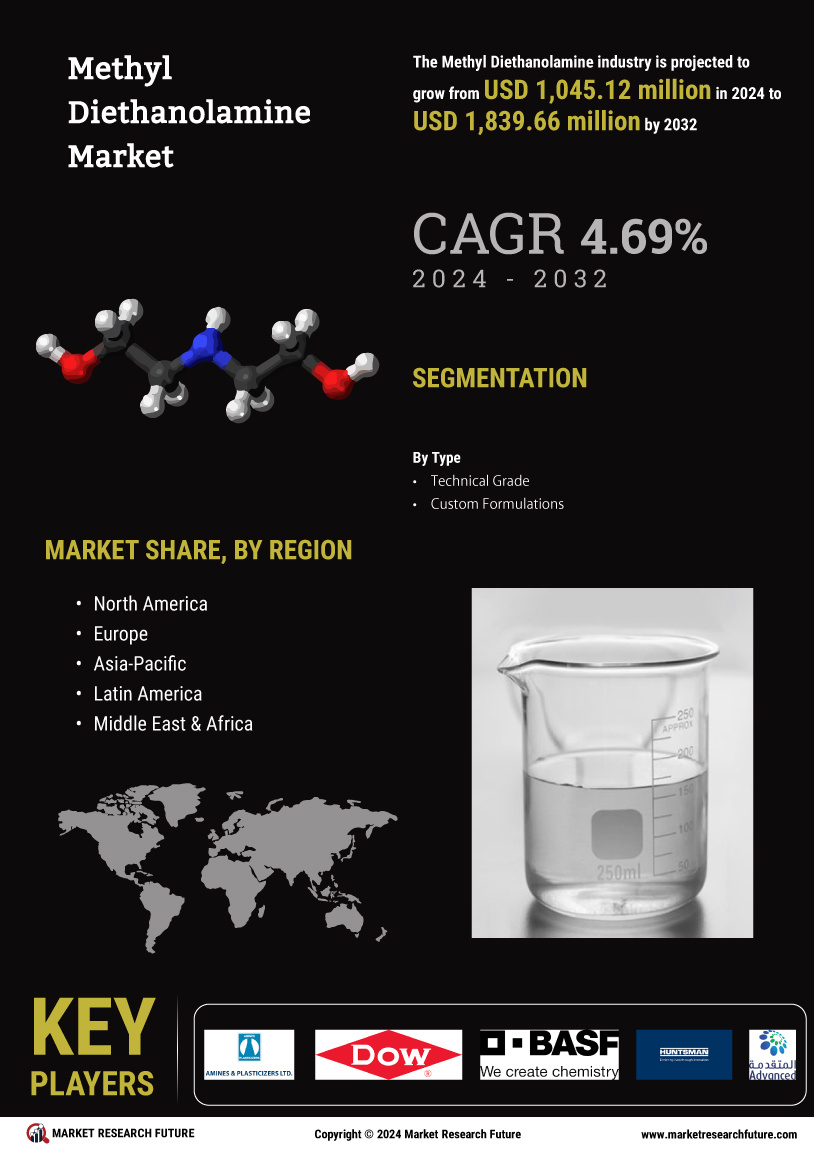

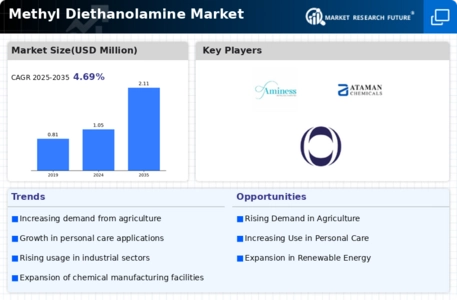
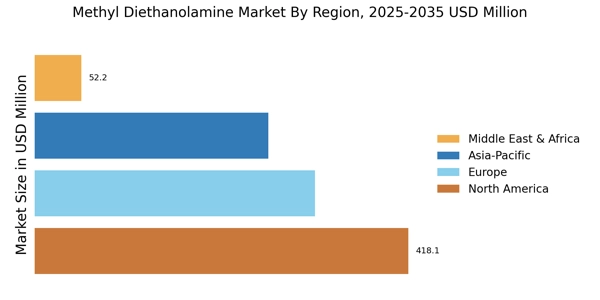
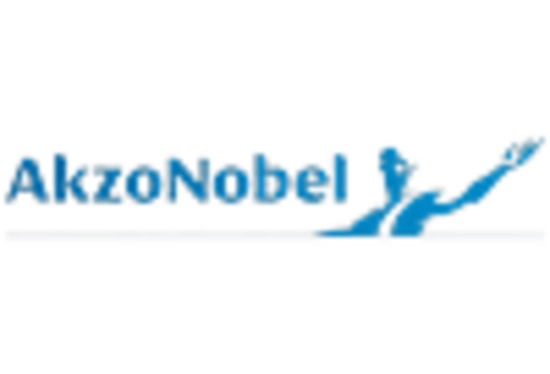

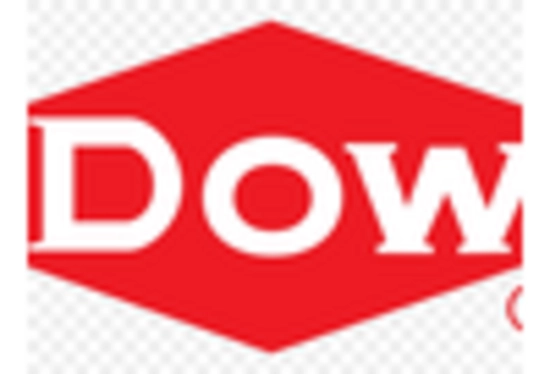
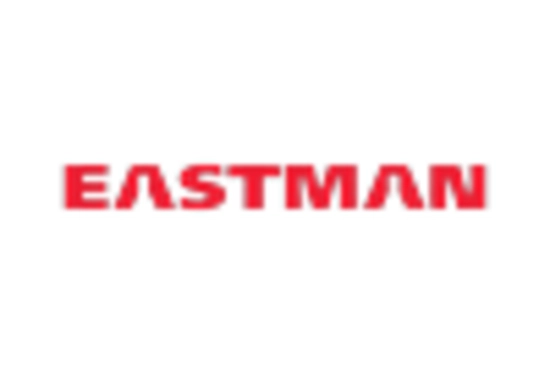
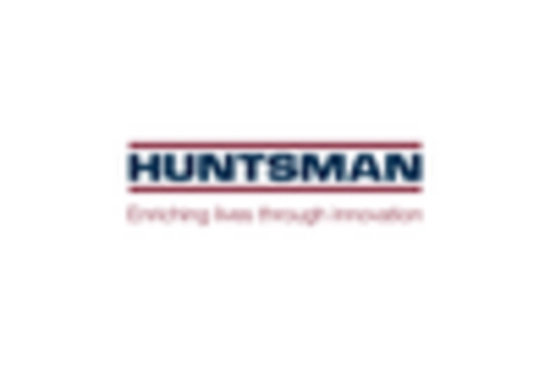
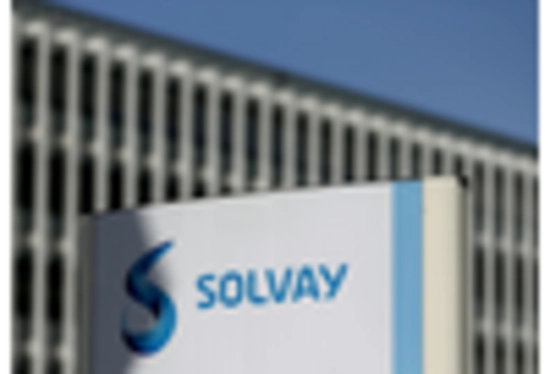








Leave a Comment